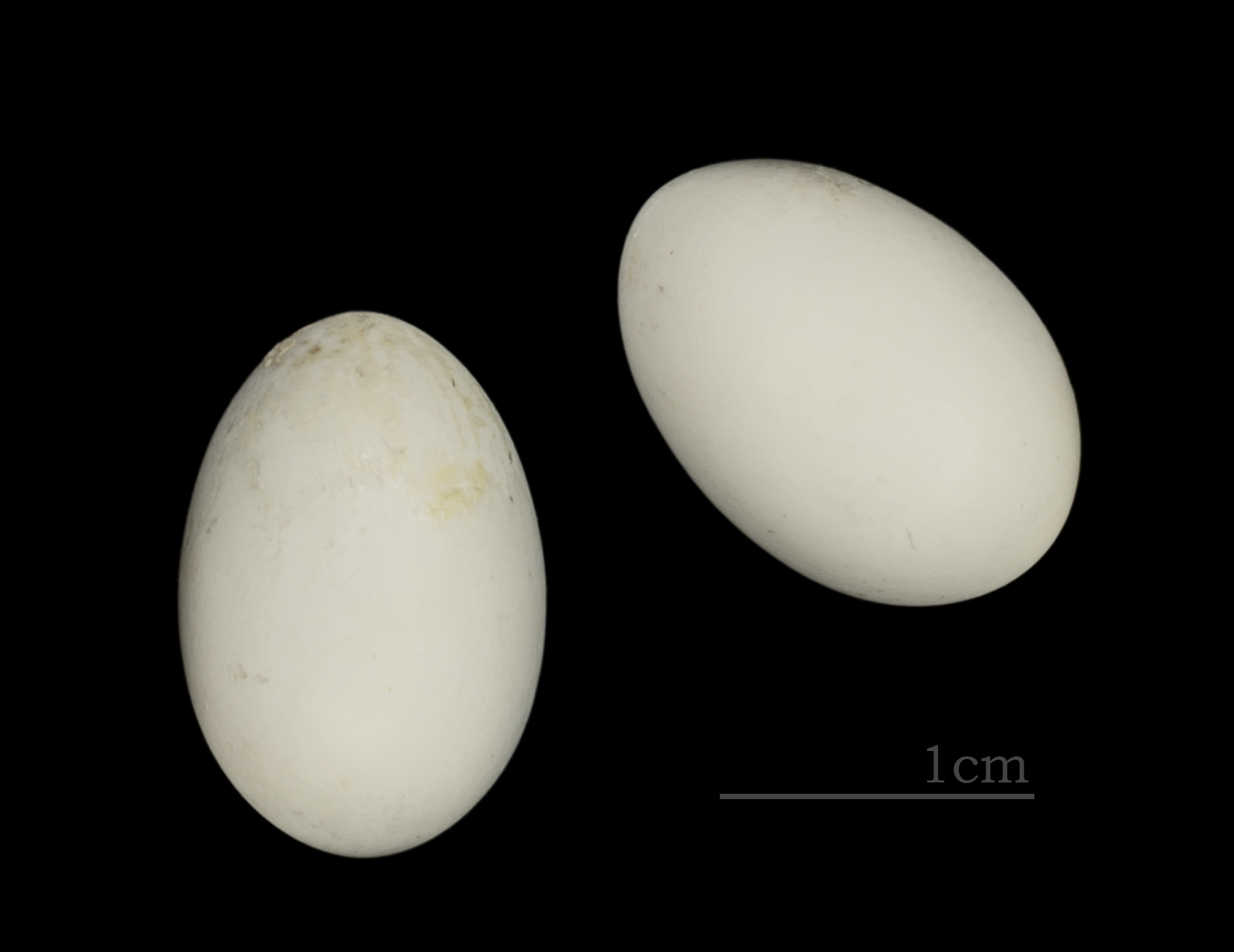African Palm Swift on:
[Wikipedia]
[Google]
[Amazon]
 The African palm swift (''Cypsiurus parvus'') is a small swift. It is very similar to the
The African palm swift (''Cypsiurus parvus'') is a small swift. It is very similar to the
Species text in The Atlas of Southern African Birds
{{Taxonbar, from=Q772286 Cypsiurus Birds of Africa Birds of Sub-Saharan Africa Birds described in 1823 Taxa named by Hinrich Lichtenstein
 The African palm swift (''Cypsiurus parvus'') is a small swift. It is very similar to the
The African palm swift (''Cypsiurus parvus'') is a small swift. It is very similar to the Asian palm swift
The Asian palm swift (''Cypsiurus balasiensis'') is a small swift. It is very similar to the African palm swift, ''Cypsiurus parvus'', and was formerly considered to be the same species.
It is a common resident breeder in tropical Asia from Ind ...
, ''Cypsiurus balasiensis'', and was formerly considered to be the same species. The Malagasy palm swift was also recently split from this species. This is a common species with a very wide distribution which faces no obvious threats and may be increasing in numbers as a result of the cultivation of the exotic Washington palm, so the International Union for Conservation of Nature
The International Union for Conservation of Nature (IUCN; officially International Union for Conservation of Nature and Natural Resources) is an international organization working in the field of nature conservation and sustainable use of nat ...
has rated its conservation status as being of "least concern
A least-concern species is a species that has been categorized by the International Union for Conservation of Nature (IUCN) as evaluated as not being a focus of species conservation because the specific species is still plentiful in the wild. T ...
".
Description
This 16 cm long species is mainly pale brown in colour. It has long swept-back wings that resemble a crescent or aboomerang
A boomerang () is a thrown tool, typically constructed with aerofoil sections and designed to spin about an axis perpendicular to the direction of its flight. A returning boomerang is designed to return to the thrower, while a non-returning ...
. The body is slender, and the tail is long and deeply forked, although it is usually held closed. The call is a loud, shrill scream. Sexes are similar, and young birds differ mainly in their shorter tails. Palm swifts have very short legs which they use only for clinging to vertical surfaces, since swifts never settle voluntarily on the ground.
Distribution
The African palm swift is native to Angola, Benin, Botswana, Burkina Faso, Burundi, Cameroon, Central African Republic, Chad, Congo, Democratic Republic of the Congo, Equatorial Guinea, Eritrea, Eswatini, Ethiopia, Gabon, Gambia, Ghana, Guinea, Guinea-Bissau, Ivory Coast, Kenya, Liberia, Malawi, Mali, Mauritania, Mayotte, Mozambique, Namibia, Niger, Nigeria, Rwanda, São Tomé and Príncipe, Saudi Arabia, Senegal, Sierra Leone, Somalia, South Africa, South Sudan, Sudan, Tanzania, Togo, Uganda, Yemen, Zambia and Zimbabwe.Ecology
These swifts spend most of their lives in the air, living on the insects they catch in their beaks. Palm swifts often feed near the ground. They drink on the wing. It is a common resident breeder in tropicalAfrica
Africa is the world's second-largest and second-most populous continent, after Asia in both cases. At about 30.3 million km2 (11.7 million square miles) including adjacent islands, it covers 6% of Earth's total surface area ...
. The down and feather nest is glued to the underside of a palm leaf with saliva, which is also used to secure the usually two eggs. This is a fast flying bird of open country, which is strongly associated with oil palm
''Elaeis'' () is a genus of palms containing two species, called oil palms. They are used in commercial agriculture in the production of palm oil. The African oil palm '' Elaeis guineensis'' (the species name ''guineensis'' referring to its c ...
s but is also found in wooded savannah, thornbush and cultivated land.
References
* ''Birds of The Gambia'' by Barlow, Wacher and Disley,External links
* African palm swiftSpecies text in The Atlas of Southern African Birds
{{Taxonbar, from=Q772286 Cypsiurus Birds of Africa Birds of Sub-Saharan Africa Birds described in 1823 Taxa named by Hinrich Lichtenstein